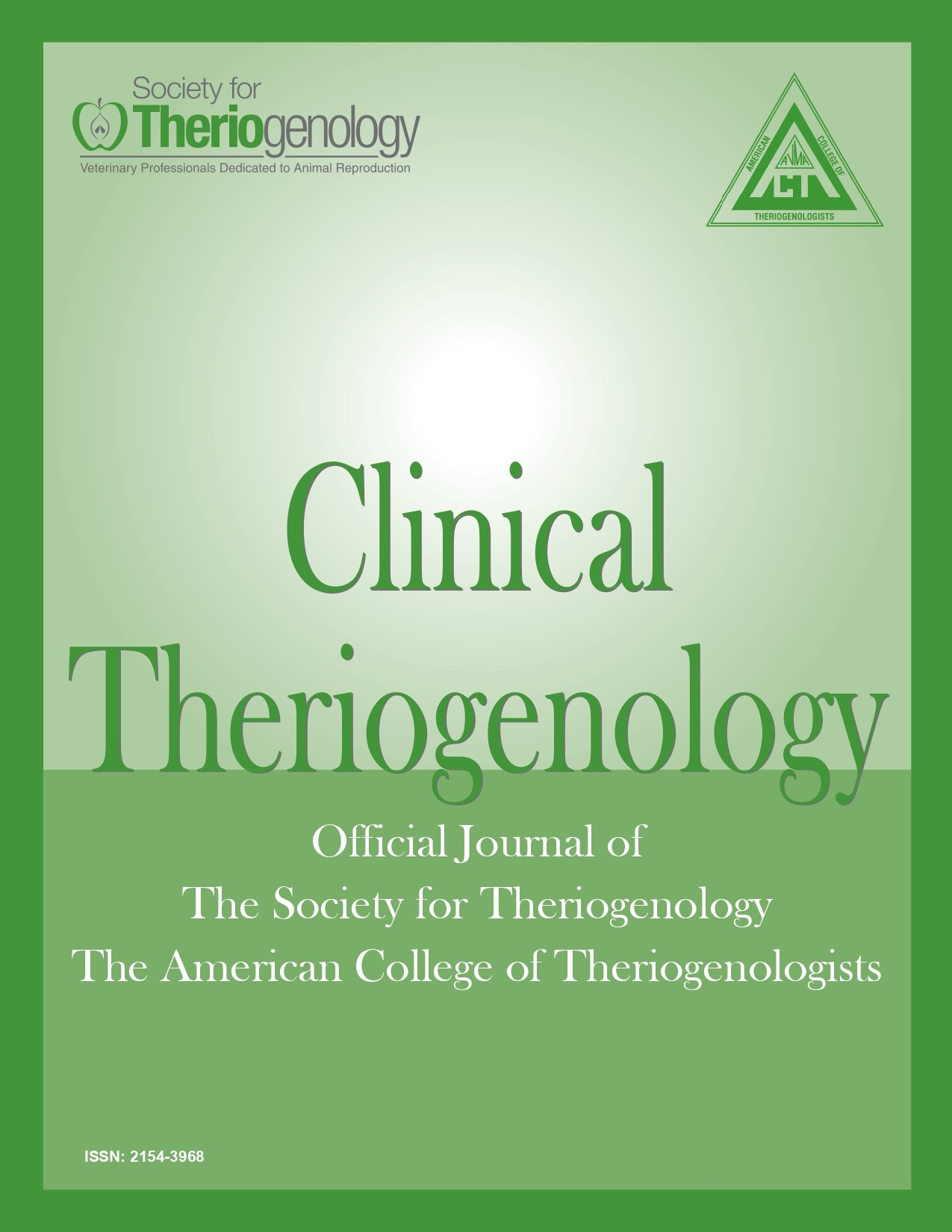Genetic predisposition for developing equine arteritis virus carrier state: adopting proper biosecurity measures when breeding mares to a persistently infected stallion
Abstract
Outbreaks of equine viral arteritis (EVA) have occurred around the world and there is evidence of an increase in global incidence of the disease in past years. These outbreaks have had important economic consequences in terms of direct financial losses to the equine industry. Following natural infection, 10 - 70% of stallions can become persistently infected carriers of equine arteritis virus (EAV) and continuously shed virus in their semen. Carrier stallions have a central role in maintenance and perpetuation of the virus and are responsible for initiating major outbreaks of EVA. Furthermore, occurrence and spread of EAV has been facilitated by increasing horse movement around the world for competition and breeding and by trade of fresh or frozen semen and embryos. Control and preventive measures include prophylactic vaccination and control of movement of stallions used for natural or artificial breeding by serological testing and subsequent virologic assessment of their semen before initiation of each breeding season, as well as during pre-export and import quarantines. Here, we review the latest findings regarding genetic predisposition of stallions to become long-term EAV carriers, current laboratory tests for diagnosis of EAV in semen, as well as biosecurity measures that should be implemented when breeding mares to persistently infected stallions.
Downloads

This work is licensed under a Creative Commons Attribution-NonCommercial 4.0 International License.
Authors retain copyright of their work, with first publication rights granted to Clinical Theriogenology. Read more about copyright and licensing here.





